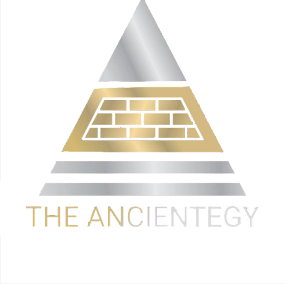The Fascinating Find in Peru
In an extraordinary discovery that seems straight out of a science fiction novel, Russian scientists have analyzed a mummy found in a Peruvian tomb, which exhibits features starkly different from typical human anatomy. Named Maria, this mummy, alongside other finds, has sparked global intrigue and debate.


Who is Maria?
Maria, believed to be an adult woman from around the 5th century, was discovered near Nazca, Peru. What sets Maria apart is her elongated head and the presence of just three fingers on each hand. Despite these differences, she has the same number of chromosomes as humans.
Unveiling Maria’s Companions
The exploration didn’t stop at Maria. Another mummy, Vavita, believed to be a nine-month-old baby, and four male mummies measuring 70cm in length were also studied. These figures, like Maria, have a human DNA structure but possess anatomical differences that are hard to overlook.


Key Anatomical Differences
- Elongated Skulls: Both Maria and the other mummies have unusually shaped heads, extending towards the back.
- Unique Hand Structure: The presence of just three fingers on each hand challenges our understanding of human evolution.
- Distinct Rib Structure: The mummies’ rib cages are rounded with some semicircular bones, diverging from the human anatomy.
- Unusual Jaw Composition: Their jaws are inflexible, forming a single unit with the skull, unlike any known human or animal structure.


Theories Abound
These findings have fueled various theories about the mummies’ origins. Some suggest they could be representatives of an advanced prehistoric race, while others speculate about extraterrestrial connections, especially given the presence of three-fingered figures in local petroglyphs.

Continuing the Quest for Knowledge
Despite the skepticism from parts of the scientific community, researchers are keen on further exploring these mummies’ genetic makeup. There’s even talk of moving them to Russia to facilitate advanced studies.
Conclusion
The discovery of Maria and her companions opens up a Pandora’s box of questions about our past and the potential diversity of life forms that might have existed on Earth. As science peels back the layers of these mysteries, we stand on the brink of potentially revolutionary findings.




No comments